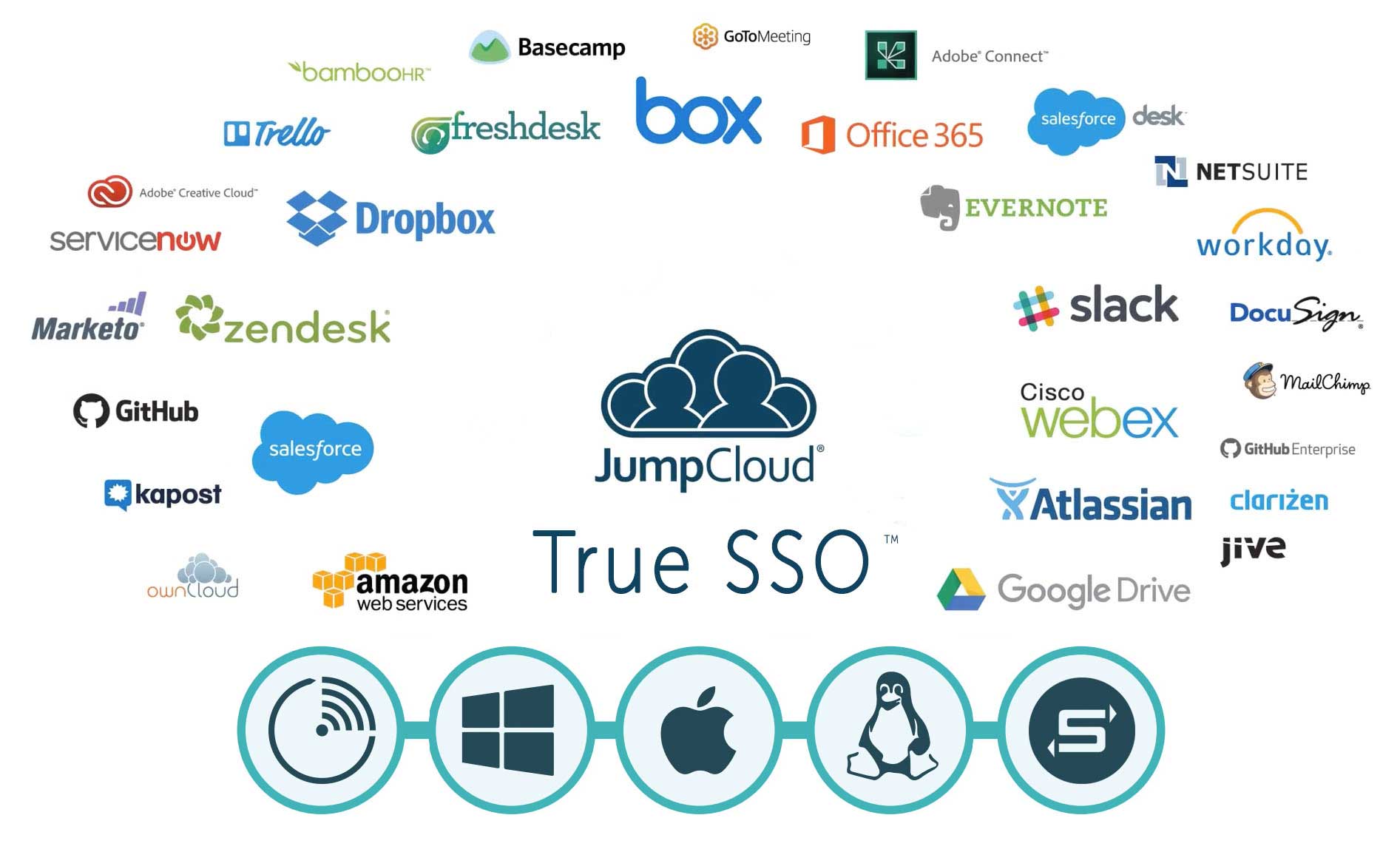Okta® is one of the top providers in the web application SSO (single sign-on) space. It’s a space that has been incredibly important over the last decade, and perhaps, one of the hottest categories in the IT management world. With this much activity, admins often want to know what all of their options with SSO providers are. The challenge for some organizations, though, is finding an open source alternative to Okta.
Why would an IT organization be interested in an open source web-app SSO solution? Well, to answer that question, we need to take a step back and look at the identity and access management (IAM) space as a whole.
The Story Behind IAM and SSO

The IAM space has become more complex over the last few years. It started with the advent of LDAP, and then the subsequent launching of OpenLDAP™ and Microsoft® Active Directory®. While Microsoft AD became the runaway market share leader, OpenLDAP took the lead as the open source identity provider.
However, these directory services were created to connect to on-prem resources that were either Windows® or LDAP based. When web-based applications emerged, open source and main stream identity providers had a hard time integrating with this cloud resource. The average business uses 50+ web-based applications, so web app SSO providers were welcomed with open arms when they first emerged.
Looking Beyond Open Source SSO

Today, many IT admins are wondering if there is an open source approach to web app SSO. An open source web-app SSO solution would be a great asset because IT organizations are already paying a pretty penny for their core directory service. Unfortunately, there aren’t any credible open source SSO solutions, but there are different approaches that may work well with those looking for a cost-effective approach to IAM for their organization.
Historically, IT organizations would leverage AD and a web app SSO solution such as Okta, and perhaps other IAM tools like MFA or governance solutions. Now, the opportunity exists to entirely replace the legacy Active Directory solution with a cloud directory. Then, IT admins can either continue to leverage Okta, or utilize the onboard SSO capabilities of the cloud directory. The benefit to IT admins is a completely centralized IAM platform from the cloud, and the good news is that IT admins can find such a solution with JumpCloud® Directory-as-a-Service®.
A Different Approach than an Open Source Alternative to Okta

JumpCloud’s cloud IAM platform offers a True Single Sign-On™ approach by connecting to any IT resource regardless of provider, platform, location, and protocol. This makes it possible for IT admins to securely connect and manage user access to systems (Linux®, Mac®, and Windows), legacy and web-based applications (like JIRA® and Salesforce®), on-prem and virtual file storage (such as NAS appliances and Box™), and wired and WiFi networks.
So, not only do you gain an identity management solution that helps you manage user access to web-based applications, but also a full-fledged directory service that provides you with centralized authentication to all of your IT resources.
How to Find Out More

Interested in learning more about the difference between an open cloud platform versus an open source alternative to Okta? There’s a couple ways you can go about doing that. First, you are more than welcome to reach out to us with any questions you might have. To learn more about using our cloud based directory service, sign up for a demo or try our guided simulations. Both of these are great for getting an overall sense of how JumpCloud Directory-as-a-Service can help you with your IT environment. Lastly, if you are ready to start testing JumpCloud, sign up for a free account. A credit card is not required, you will have access to the whole platform, and your first ten users are free forever.



